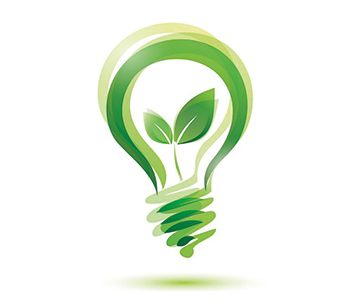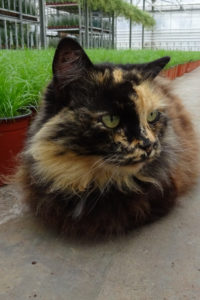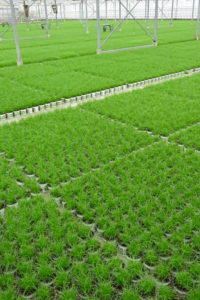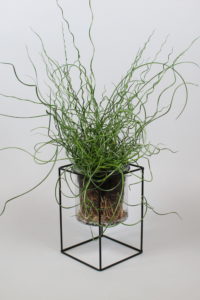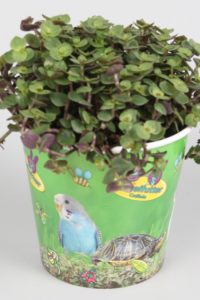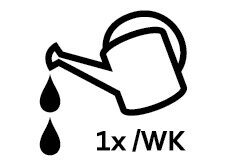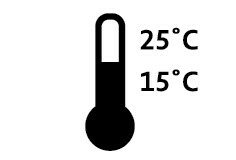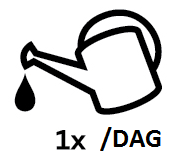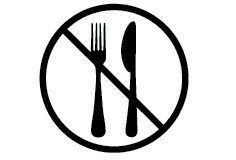Nursery Willem Jongenotter is a family business founded in 1920. The company focuses on the cultivation of green plants. Their specialty is the cultivation of green plants for animals (cats in particular) and is market leader in this field. The plants are grown on 2.6 hectares at the main location in Barendrecht and Oostvoorne.
Plants are grown especially for cats (Cyperus zumula, Hordeum and Nepeta), for rabbits and rodents (Chlorophytum) and for birds, reptiles, amphibians (Calissia repens). Some plants only serve as a “snack”. Other plants, such as cat grass, also have a truly important effect on the health of cats. The grass helps the cat to vomit hard-to-digest hairs, eliminating the cat’s nausea…
Because of the preservation of nature and animal welfare, Jongenotter does not use chemical crop protection products.
Kwekerij Willem Jongenotter B.V.
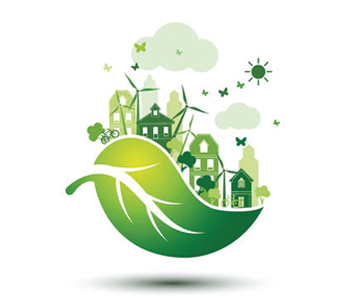
Sustainability
Water
Nursery Willem Jongenotter uses rainwater which is collected in water basins. The water is purified with biological agents based on vegetable substances. The water is given to the plants through an ebb and flow system. They only absorb the water they need. The water that is not absorbed is collected and purified for reuse. No used water ends up in the surface water and it has no influence on the drinking water supply in the region.
Nature Conservation
As the plants are mainly intended for animals, the use of chemical plant protection products is excluded. Pest control occurs 100% organically by using natural enemies Willem Jongenotter is in possession of all certificates showing that the company is very good at environmentally friendly business and cultivation. Cats are present at the nursery to test the plants. The plants are specially grown softer so that they are pleasant for the cat to eat. The Jongenotter family is very fond of the cat’s health.
A weak plant is more susceptible to pathogens than a vital plant. The biggest challenge is therefore to grow a vigorous plant, making it less susceptible to pests and diseases.
Climate
Jongenotter uses a CHP (combined heat and power) that simultaneously generates electricity and heat by burning natural gas in a boiler. The heat is used to keep the greenhouses warm.
Jongenotter is currently working on installing solar panels on the roof of the barn in order to obtain energy. This reduces the use of fossil fuels.
Geothermal energy
In anticipation of the current developments of the Dutch government’s natural gas reduction plan, they are investigating the possibility of heating the greenhouse with geothermal energy. There will be no CO2 emission into the open air at the nursery.
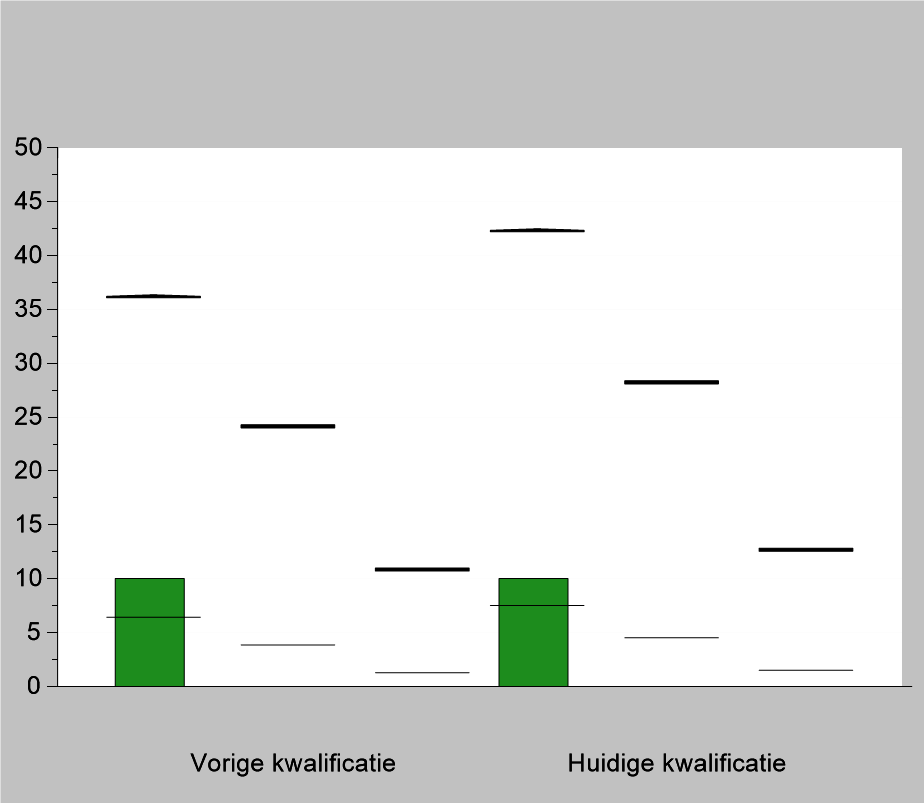
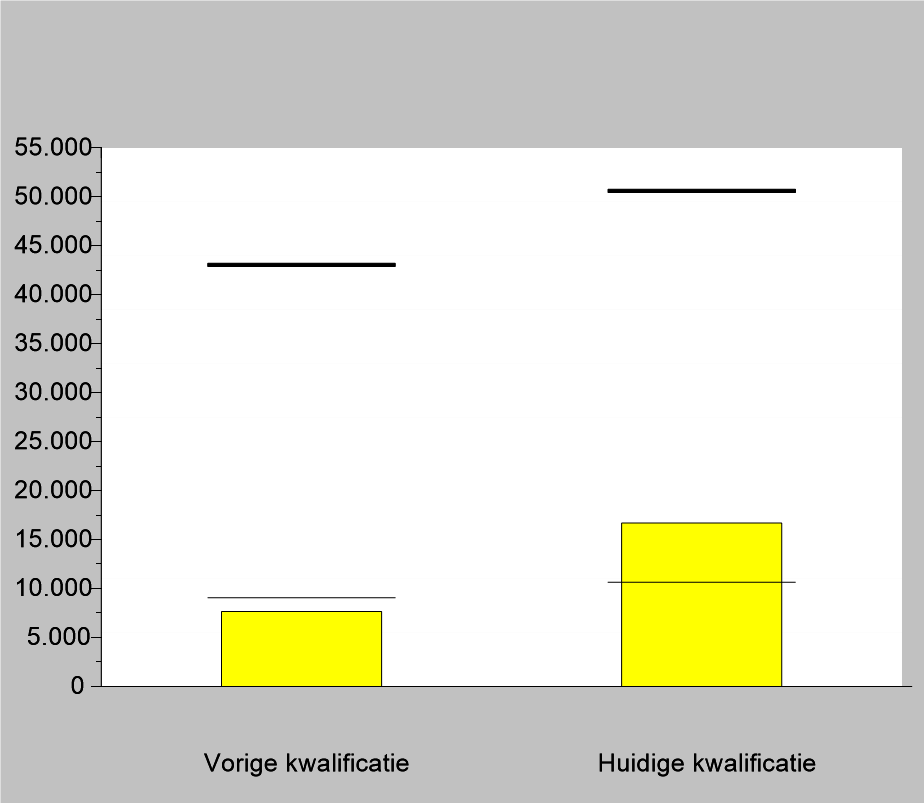
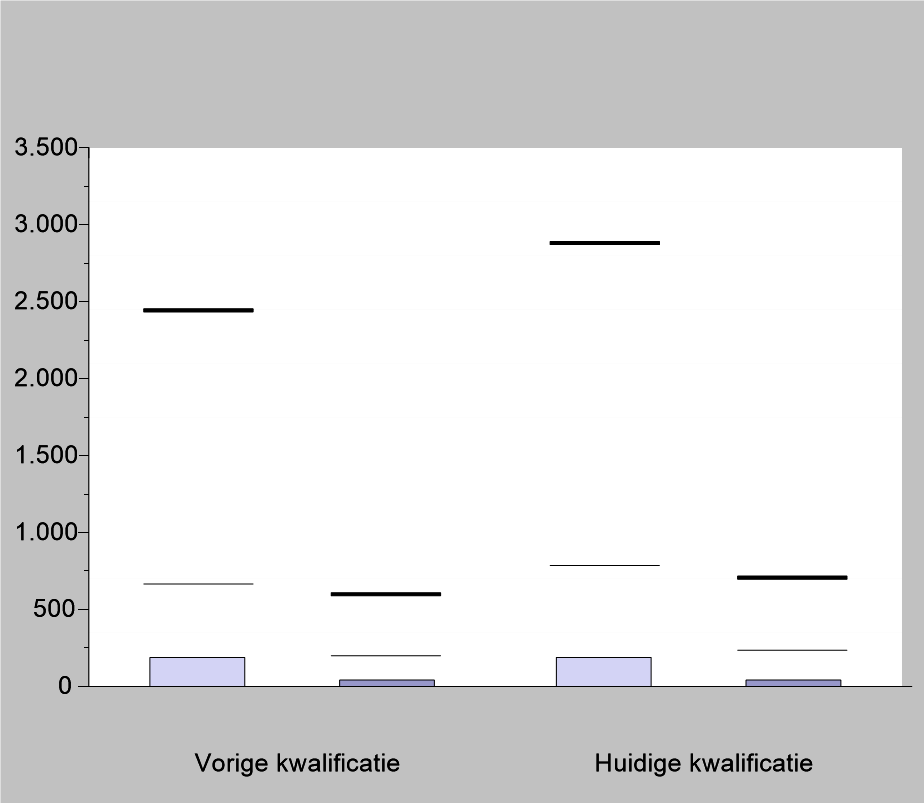

People
Nursery Willem Jongenotter has 8 permanent employees paid according to the agreements made in the Collective Labour Agreement for greenhouse horticulture. Employees therefore have an employment contract, providing them with income security. Temporary agency workers in the company are remunerated via the temporary employment agency in accordance with the agreements stated in the Collective Labour Agreement. All employees are treated equally and everyone (if deemed eligible) gets the opportunity to grow to a different position.
To make a contribution to society, Jongenotter does a great deal about sponsoring and charities. Within the company, room has also been made for employees with a work disability.

Health
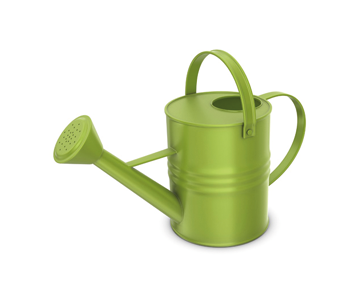
Care
Callisia Repens:
Cyperus Zumula:
Chlorophytum:
Junces Spiralis:
